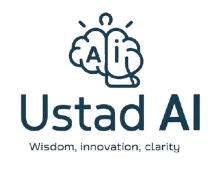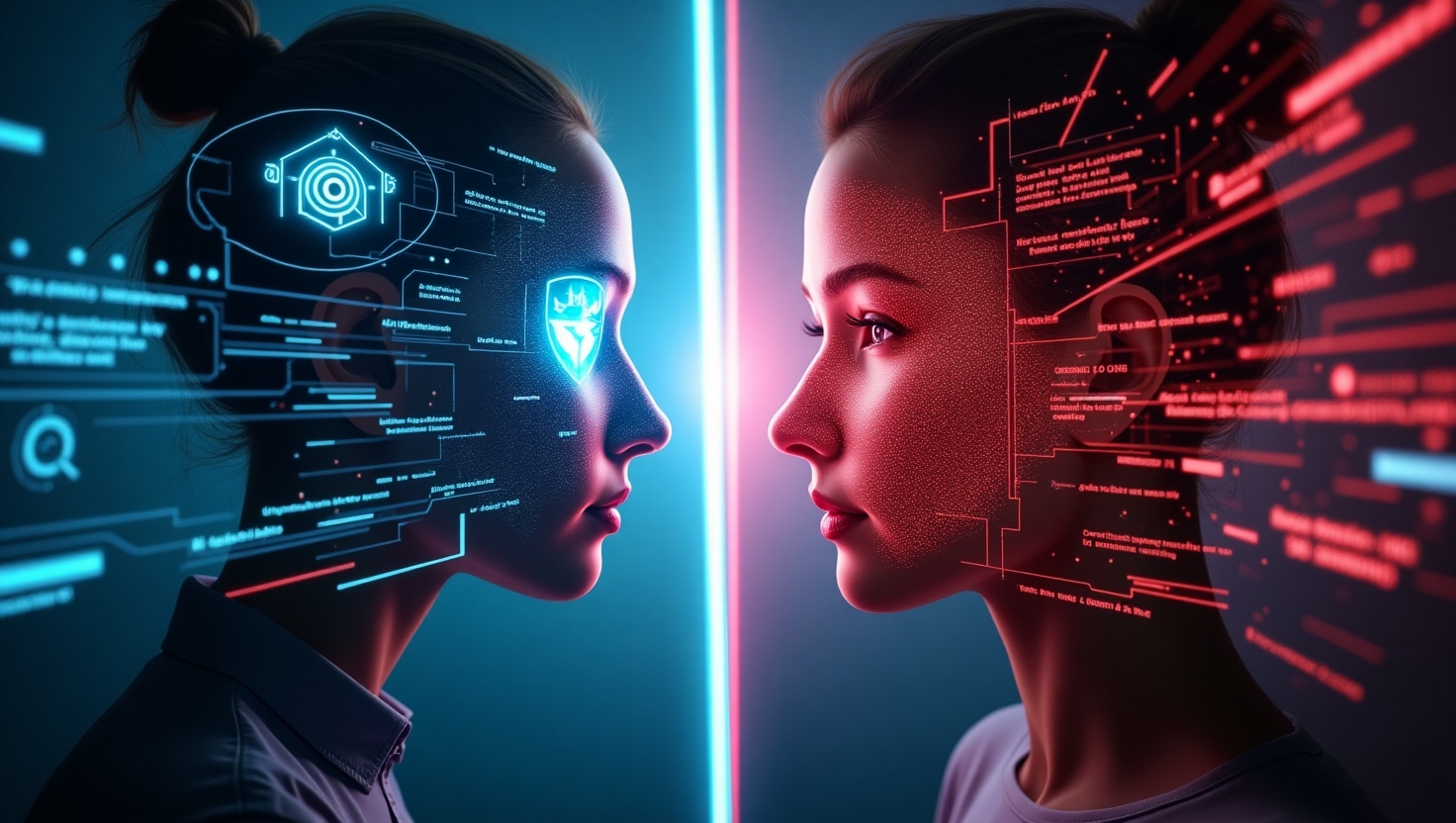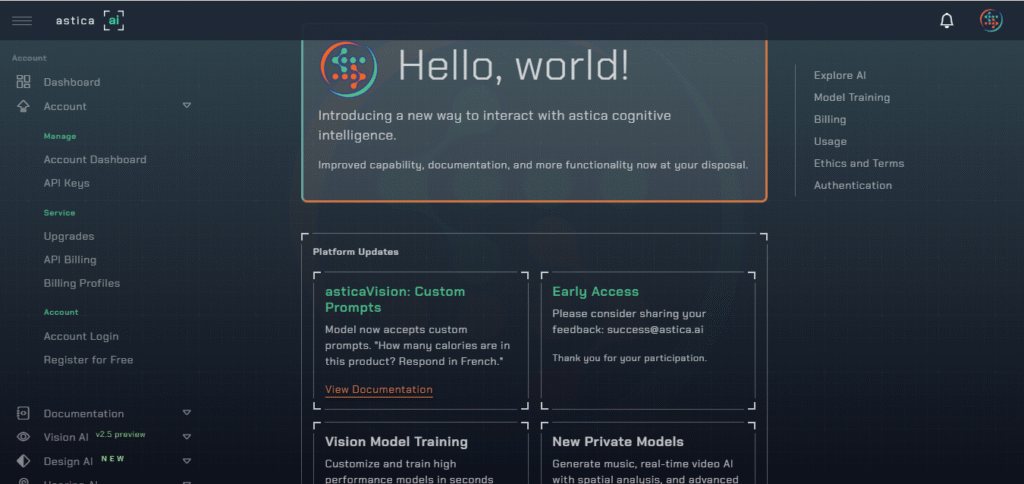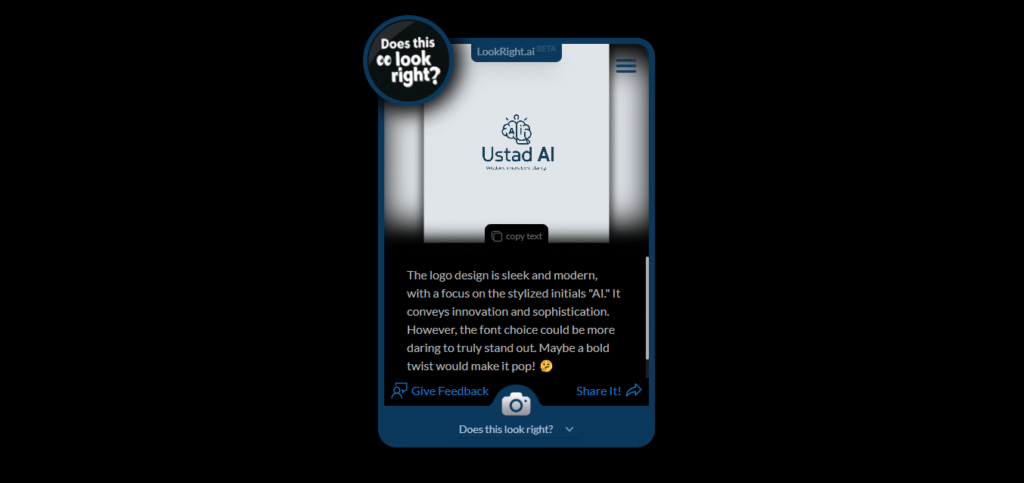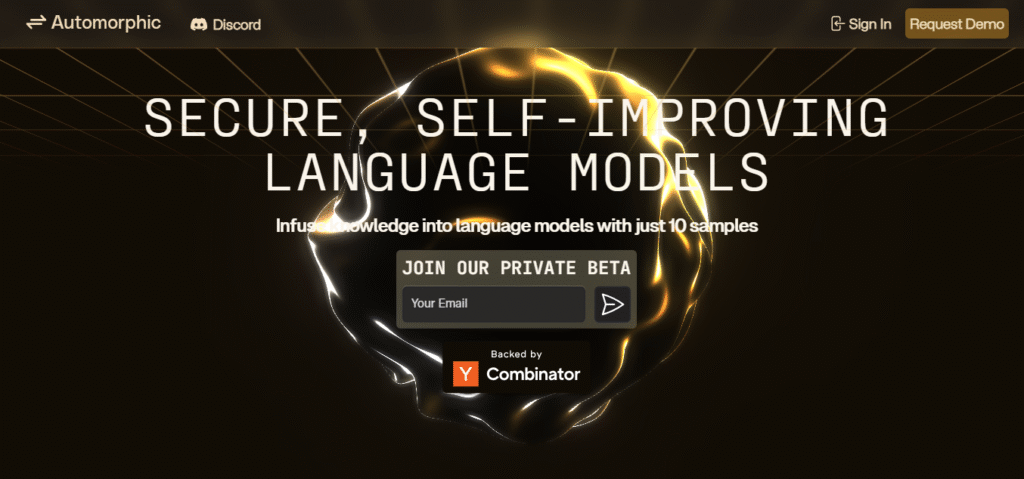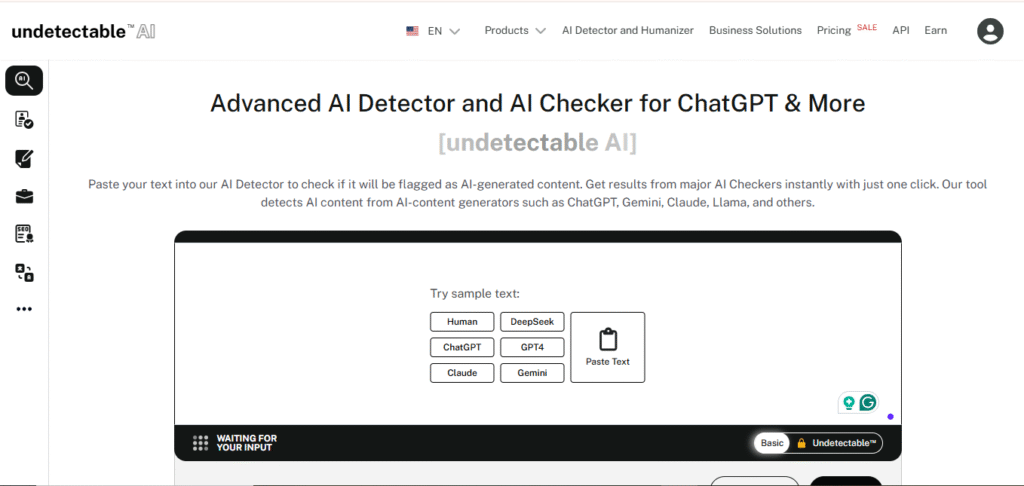Introduction
As artificial intelligence becomes commonplace in digital, detecting, moderating, and verifying AI-generated content and activity seems more relevant than ever. From detecting deepfakes and filtering misinformation, to restricting the abuse of large language models (LLMs), individuals and organizations are looking for new ways to protect the valuable content/evaluations, and communication held. In this article, we’ll highlight six innovative tools that are changing the landscape of AI detection and moderation:
- Astica
- Wasitai
- LookRight
- Carbon
- Automorphic
- Undetectable AI
Each tool offers its unique solution, whether AI image detection, data moderation, integrations with LLMs, etc. Let’s take a closer look at the tools, some of their features, use cases, and why contemporary content creation and communication literacy matter now more than ever.
Making Sense of the Age of AI: 6 of the Best Tools for Detection, Moderation, and Authenticity of Content
-
Astica: Vision and Voice Moderation for AI Solutions
Website: astica.ai
Category: AI Detection, Vision, and Voice Recognition
What is Astica?
Astica is a complex AI platform comprising developments surrounding vision, voice, and audio recognition, transcription, and image moderation. It was primarily developed for developers and businesses, and includes the ability to be integrated by way of APIs into more elaborate AI workflows and applications.
Key Features:
– Cognitive API: A very high-fidelity vision and speech-to-text value
– Voice Transcription – Converts speech into readable text and is very accurate
– Image Moderation – Helps identify unsafe or sensitive visual content
– Speech Generation – A realistic voice synthesis for dynamic applications
Use Cases:
– Content Moderation for Platforms – The ability to automatically flag poor content images and audio
– Customer Support Bots – Helping convert customer conversations to continue the data analysis for insights
– Accessibility Tools – make accessible through speech-to-text or vision recognition for those needing safety nets
Why is Astica Important?
With an increased focus on multimedia as a mass content medium, and images or voice (audio) conversation becoming prevalent in platforms, developers need real-time moderation for both. Astica can meet that need for both scenarios using one platform, which makes it even more valuable for developers with AI-centric apps that they are creating to be used securely.
-
Wasitai: AI Image Detection
Website: wasitai.com
Category: AI Detection
What is Wasitai?
Wasitai is a basic tool to verify if an image is AI-generated. AI-generated images have the uncanny power to look like real images, and therefore, Wasitai can be our lens for unearthing the truth around an image.
Key Features:
- AI Image Detection: Wasitai will show the probability that an image is synthetic.
- Minimal Interface: Intuitive and straightforward UX makes image uploading and feedback easy.
- Security-Centric: brings transparency into any fake media that can be used for fraud, misinformation, or malfeasance.
Use Cases:
- Media verification: Journalists and practitioners want to check if a viral image is authentic.
- Brand integrity, businesses, and firms want to ensure their visual assets are not manipulated.
- Education: students evaluating the authenticity of synthetic imagery.
Why Wasitai Matters:
We are in the middle of an age of AI-generated art, fake news, and deep fakes. We need to be able to validate images as original images. Wasaiti provides an honest view to ensure decisions are made properly between truth and fabrication at the pixel.
-
LookRight: Visual AI for Insights and Validation
Website: lookright.ai
Category: AI Detection, Visual Insights
What is LookRight?
LookRight leverages AI to assess visual things (from a photo or document) to generate insights or identify anomalies, through detecting and analyzing visual data.
Key Features:
- Visual Intelligence – Descriptive and analytical insights of image uploads.
- Object recognition – Understands what is in the image e.g. people, objects, scenes.
- Content-flagging – Flags abnormal or possibly misleading content.
Use Cases:
- E-commerce: Verifies that product images comply with website policies.
- Design Validation: Validates images to ensure no mistakes or mismatched items.
- Security & Compliance: Validates visual assets to ensure there are no contrived features/finalists hidden features.
Summary: Why LookRight is Important
This tool provides cognitive meaning for images, so a user can rapidly check visual content at scale, if human capability could be performed at the speed of AI. This is extremely important for audiences of response and digital marketing, and publishing.
-
Carbon: The Intelligent APIs that Connect LLMs to Unstructured Data
Website: carbonapi.com
Category: AI Integration
What is Carbon?
Carbon is a developer-first medium for technology & business to connect unstructured data (i.e., business documents, emails, notes, and texts) to other LLMs (i.e., GPT, Claude, etc.). Carbon is capable of taking unstructured, loosely organized text from an entire company and presenting it as structured intelligence for AI to consume.
Key Features:
- Unified API: Connects disjointed signals across different data formats, schemas, and sources.
- LLM ready: Data strategies are designed to feed structured data for the language model to produce a response.
- Secure: Built on enterprise-grade data privacy safeguards.
Use Cases:
- Enterprise Knowledge Generation: Using internal documents, emails, notes, etc., to generate intelligent and conversational AI responses.
- Custom Chatbots: Creating ChatGPT-style conversational LLM systems with targeted knowledge bases.
- Document Automation: Collect, summarize, and automate insights from PDFs, docs, and emails.
Why Carbon Is Important:
Carbon offers the organization the ability to realize greater value from large language models without building and training a data science team. Instead, it cleans and prepares raw input and tackles one of the biggest obstacles to widespread AI adoption for businesses: usable data.
-
Automorphic: Train and Optimize Language Models in Minutes
Website: automorphic.ai
Category: LLM Customization
What is Automorphic?
Automorphic is a platform that enables organizations to quickly build and deploy customized language models with limited data, match rapid training, and self-optimizing and scaling of the AI models for specific business use cases.
Key Features:
- Low Sample Training: LLMs with as few as 10 text samples can be customized.
- Fast Deployment: Optimized pipelines allow for fast deployment with limited added infrastructure cost.
- Self-improving Models: Adaptive Learning is built into the model.
Use Cases:
- Healthcare & Legal: Train models with niche vocabulary.
- Customer Experience: Allowing customization of the bots with product-specific vocabulary.
- Internal Knowledge Models: Allow employees to have fluent interaction and query company-specific data.
Why Automorphic Matters:
Fine-tuning a large language model is costly and complicated, Automorphic democratizes this for companies to allow small teams to quickly and cheaply build powerful custom models with no code and very little data.
-
Undetectable AI: Making AI-Generated Content Human.
Website: undetectable.ai
Category: AI Detection Evasion, Content Moderation
What is Undetectable AI?
Undetectable AI is an application that rewrites AI-generated text to the point that it is no longer able to be detected as generated by an AI system — even by an AI detector– as if it were created by a human. This service is used by marketers, students, and creators to not being detected as AI content creators.
Key Features:
- AI Proofing: Eases the process of making “human-like changes” to content by modifying sentence structures or vocabulary in suggestions.
- Tone & Readability Adjustments: Modifies text structure to increase simplicity, authenticity, and accessibility.
- Pass Detector Locations: According to Undetectable AI, all outputs are detectable by many AI detection tools.
Use Cases:
- Academic Writing: Students “de-identifying” AI-generated rough draft to avoid detection of plagiarizing work.
- Content Marketing: Brands do not prefer that their articles be viewed as paid content.
- Ghostwriting Services: Adding the human touch to AI-generated blog or email posts.
Why Undetectable AI Matters:
As AI detection applications are more common, and many are produced to gain erosion detection, there are ethical concerns. The development of Undetectable AI reveals many aspects of originality, or the absence of synthetic originality being used in engaged detection, which appears to be an arms race before rules are developed.
Comparative Summary Table
|
Tool Name |
Primary Use Case | Unique Strength |
Target Users |
| Astica | Voice/Image Moderation | Multi-modal moderation tools | Developers, Platforms |
| Wasitai | AI Image Detection | Simple and fast image validation | Journalists, Media, Security |
| LookRight | Visual Insight and Validation | Visual analysis beyond detection | Designers, QA teams |
| Carbon | LLM Data Integration | Unified API for structured inputs | Enterprise Developers |
| Automorphic | LLM Fine-Tuning | Train models with few samples | Startups, SMEs |
| Undetectable AI | Content Humanization | AI detector circumvention | Writers, Students |
Frequently Asked Questions
-
Are these tools able to work with existing platforms?
Yes, most tools available, such as Astica, Carbon, and Automorphic, support APIs and SDKs that make it easy to integrate into another web or enterprise platform.
-
Is it ethical or acceptable to use Undetectable AI?
It depends on context. Undetectable AI is useful for content refinement, but using it to avoid detection in an academic or journalistic environment could breach ethical responsibilities.
-
What content moderation task is best with which tool?
Astica is the best tool for moderation. It offers a comprehensive range of features for vision, audio, and transcription.
-
How accurate are AI detectors such as Wasitai or LookRight?
These tools are pretty reliable, but not perfect. It is recommended to utilize these tools in conjunction with human oversight for best results.
-
Can Automorphic-trained models compete with GPT or Claude?
Automorphic is better for domain-specific model fine-tuning. It is not fully replacing GPT but rather adding better performance when converting to specialized applications.
Conclusion
As AI continues to develop quickly, we will likely see a parallel increase in moderation, detection, and data integrity tools. These six tools – Astica, Wasitai, LookRight, Carbon, Automorphic, and Undetectable AI – provide the practical tools for staying ahead of the AI curve, whether you are a developer, content creator, or enterprise executive.
As the line between synthetic and authentic continues to blur, having the right tools is not only helpful but imperative.
